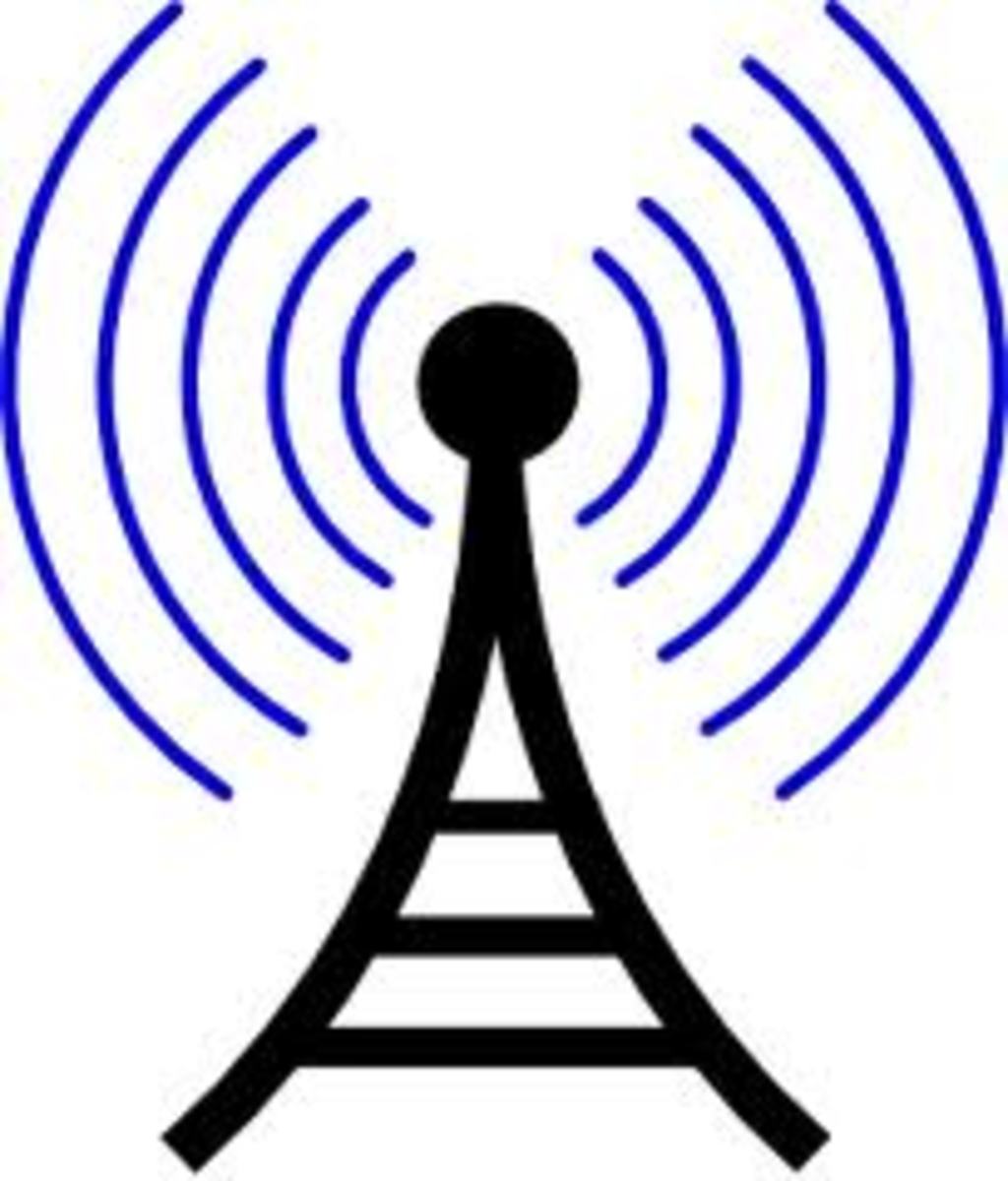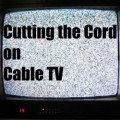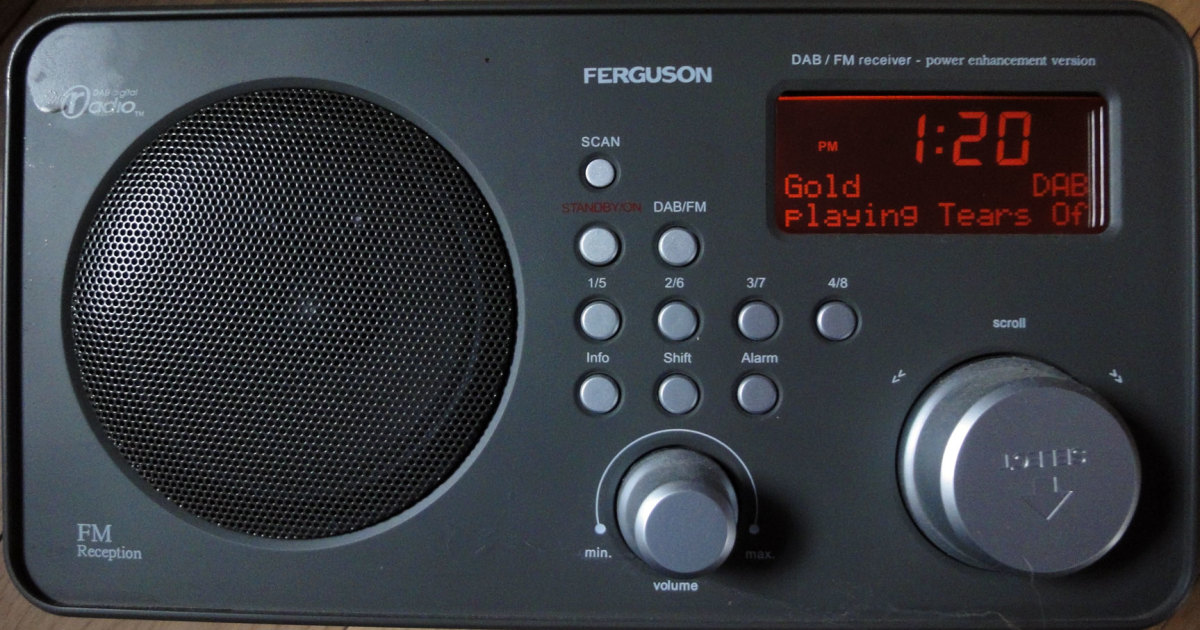Back to Over The Air TV

I remember as a child in the 1950s and early 1960s we had a black and white TV set and an antenna on our roof. TV was free once you paid for the television set.
It wasn’t great reception either. We got three channels and one was French. I live in Ontario Canada and so we had the CBC, the French CBC, and CJOH. I remember my father crawling on the roof on more than one occasion to fix the antenna or re-point it. He nearly broke his neck on several occasions trying to fix the thing in the middle of winter. But hey, it was free.
My first real memory of TV was watching John Glen blast off into space. What a treat.
The invention of TV happened slowly from the late 1870s and the discovery of “photoconductivity”. But it wasn’t until the 1940s that TV started to take off. The CBC was Canada’s first network, started in 1936. There were independent stations before that, but hardly anyone had a TV set back then. They were expensive.
It wasn’t an all day and all night affair back then either. Stations would only be broadcasting a few hours a day. People didn’t have much use for it as radio was what most people were used to. It was a different time, and there was really nothing on most of the time anyway.
As I said, the broadcasts were free. The reason they were free was because there was really no way to charge for them seeing as they were wireless. That’s why we never got over the air electricity as Nicola Tesla had envisioned. TV quickly learned to use advertizing as a means to raise money.
So all we had to do was buy a TV, set up an antenna, and sit through the commercials as payment. For all its faults, it was great.
In the USA in the 1940s, a sort of cable TV was invented because over the air transmissions were poor in many places. Antennas were erected on mountain tops or at high elevations and then brought to communities with a cable system. It wouldn’t be till the 1950s that the same thing was being done in Canada. But back then cable TV wasn’t doing anything more than just carrying a couple of local channels to people who had a hard time picking up the signals.
If you lived near the border you could get several US stations. But not us. I can remember being mesmerized by the fact that even where we lived, we were suddenly able to pick up channel 7 in Watertown NY. That was the year I and my friends were introduced to Captain Kangaroo. Before that we only had Uncle Chichimus. Turns out that it was Canada’s first live TV production, but all we knew at the time was old uncle Chich had a mean side. I even wrote to him about it, and my rather illiterate letter was read on the air. I was both thrilled and horrified at the same time.
It wasn’t until the late 1960s that my parents got cable TV. TVs only had a 13 channel capacity at the time, so cable TV was restricted to just 12 of them. I think we paid 10 dollars a month back then. Even so, the cry could be heard far and wide: “So many stations now, and there’s still nothing on.”
And Cable companies listened. Soon we had TV converters. They were wired to the set, and some even had the capacity to pick up UHF channels, if you had a UHF antenna. But most people forgot about over the air TV by then.
In the late 1970s I picked up the phone to a survey from the cable company. They wanted to know if, were they to offer it, would I be willing to pay for more channels, and specifically, would I be willing to pay for specialty stations like all movie stations? I was dubious. By then 15 dollars a month was manageable but high. Still, it was only going to cost at most a dollar per extra channel. I said I might be interested as long as it was cheap.
In just over fifty years the cable companies went from one or two channels to putting a box on our TV so we could get up to 500 channels. My last cable bill was over 80 dollars, plus the rental on my digital box. They took a free/pay by watching advertisements service, to a multi-million dollar a year pay per view racket. There. I said it. Worst of all, we still have to sit through commercials. Why? Partly because cable doesn’t pay for most of their signals. They still get many of them for free, over the air.
500 channels and there’s still nothing on! Most of them are duplicates anyway. Sheesh.
Satellite TV promised to be something very different. At least that’s what they promised. We would be able to watch TV potentially from all over the world. Almost limitless channels. But it never happened. The ones in Canada at least still just offer the same packages as the Cable company does, with just a little variation. Oh yes, because of time differences across the country, you can watch the same program at different time slots from different parts of the country, yet I still often managed to miss the one program I really wanted to see.
I have to admit, I am not much of a TV watcher and never was. When I was a kids we went out and played in the forest near my house all summer. As a teen I barely watched TV at all except for movies. But my wife watches a lot of TV. When I met her I had an old black and white 13 inch stuck in my closet. She made me pull it out. I had to put a fan on it to keep it going, but there it was.
Now we have a 32 inch LED that barely gets turned off.
But something happened last year. All the over the air TV stations went digital. Not only that but the new TVs are all equipped with a digital tuner now. When I first heard about it I said to myself “Who cares?” But we were looking for a way to cut expenses. So I built my own digital antenna from plans I got on the internet and tried it out.
To my great surprise I found that even here I get 16 channels. The beauty of it is they are digital so the picture is perfect. Turns out my wife gets most of her shows, so she’s happy. And it’s still free.
So I went all out and bought an 8 bay antenna for 14 dollars at Factory Direct. Then I bought a 20db amp for 20 dollars from Canadian Tire. That worked even better than the one I made.
I didn’t have to put the antenna on the roof either. It’s attached to my shed on a metal pole only about ten feet off the ground. No clearing the snow from the roof in minus 40 for me thanks. It really is no more unsightly than a dish, and it is a lot easier to install..
You can buy antennas that are double. They have outlets for two TVs. You need two amps though. I’m sure near the border you can get up to 30 channels or more. If you still have that 50 inch analogue projector TV, or even an old black and white 13 inch, you can get a digital box for around 50 dollars. No need to buy a new set.
Now, you can get more expensive antennas and amplifier systems. The average antenna runs 50 to 100 dollars. But I couldn’t get more stations here than I do anyway. You can look up towers in your area on the internet to see what stations you can expect to tune in and where they are coming from.
The end result of my experiment was that I cancelled cable and I haven’t looked back. I’d rather spend money on broad band internet, where I can watch what I want most of the time: documentaries; particularly about science. (Something hard to get on TV) But guess where I get broadband? No, not from the cable company though they do have the fastest service, as well as the most expensive. Well on second thought, that’s perhaps a story best left to another essay.
OTA TV has come a long way from two channels that were barely watchable unless you stood in a specific spot in the room with your arm above your head in just the right position, and your foot on the cat. “That’s right. Now I can watch the game. Don’t move....”
After all that, is there anything on TV yet? Nop. But it’s free again, except for those pesky commercials.
I can live with that.









